Superior Preparation — Increases Coating Life
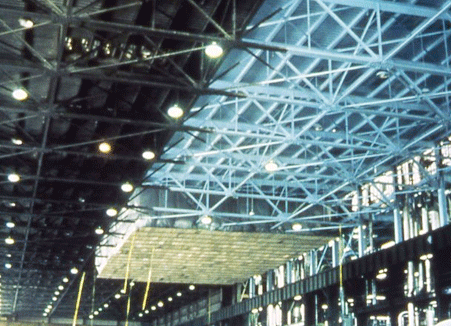
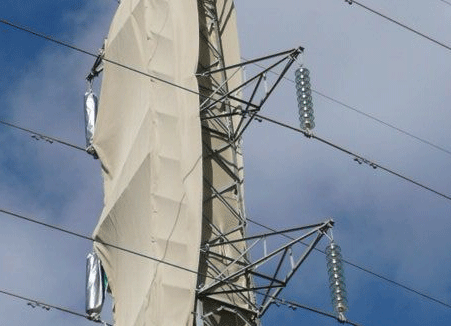
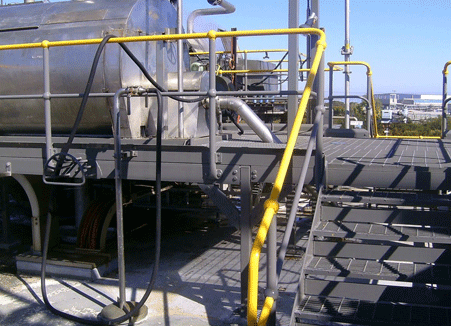

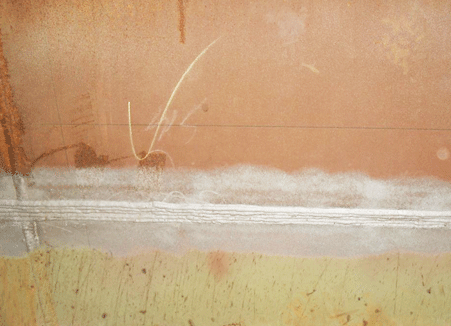
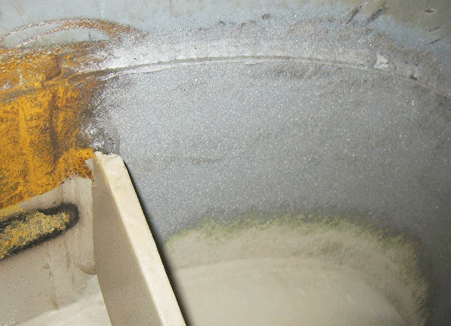
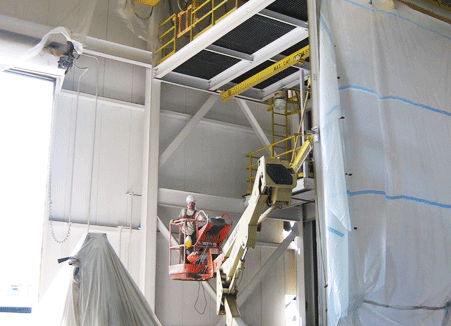
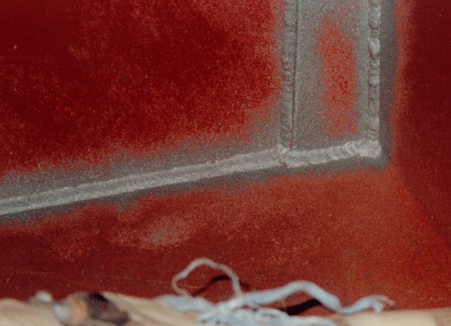
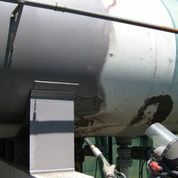
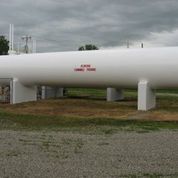
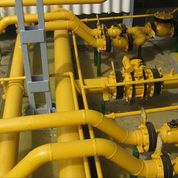
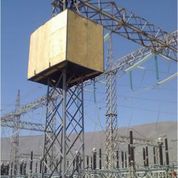
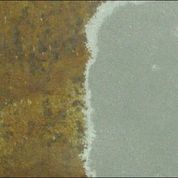
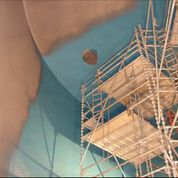
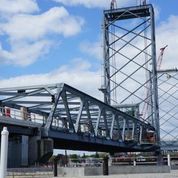


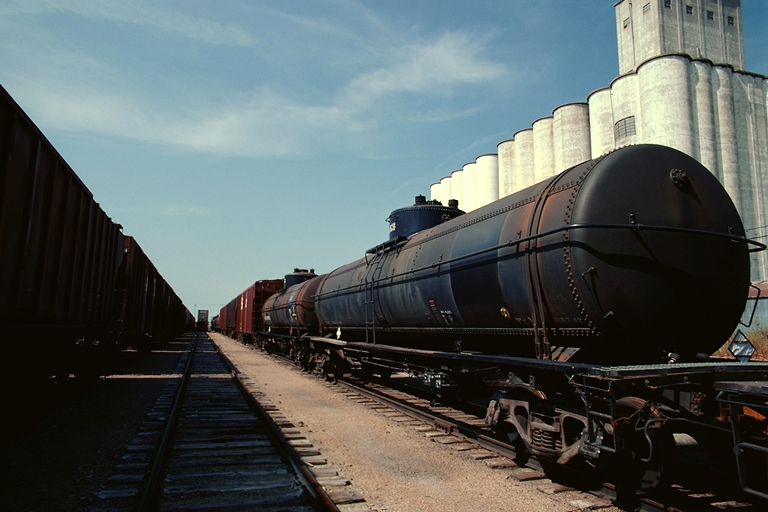
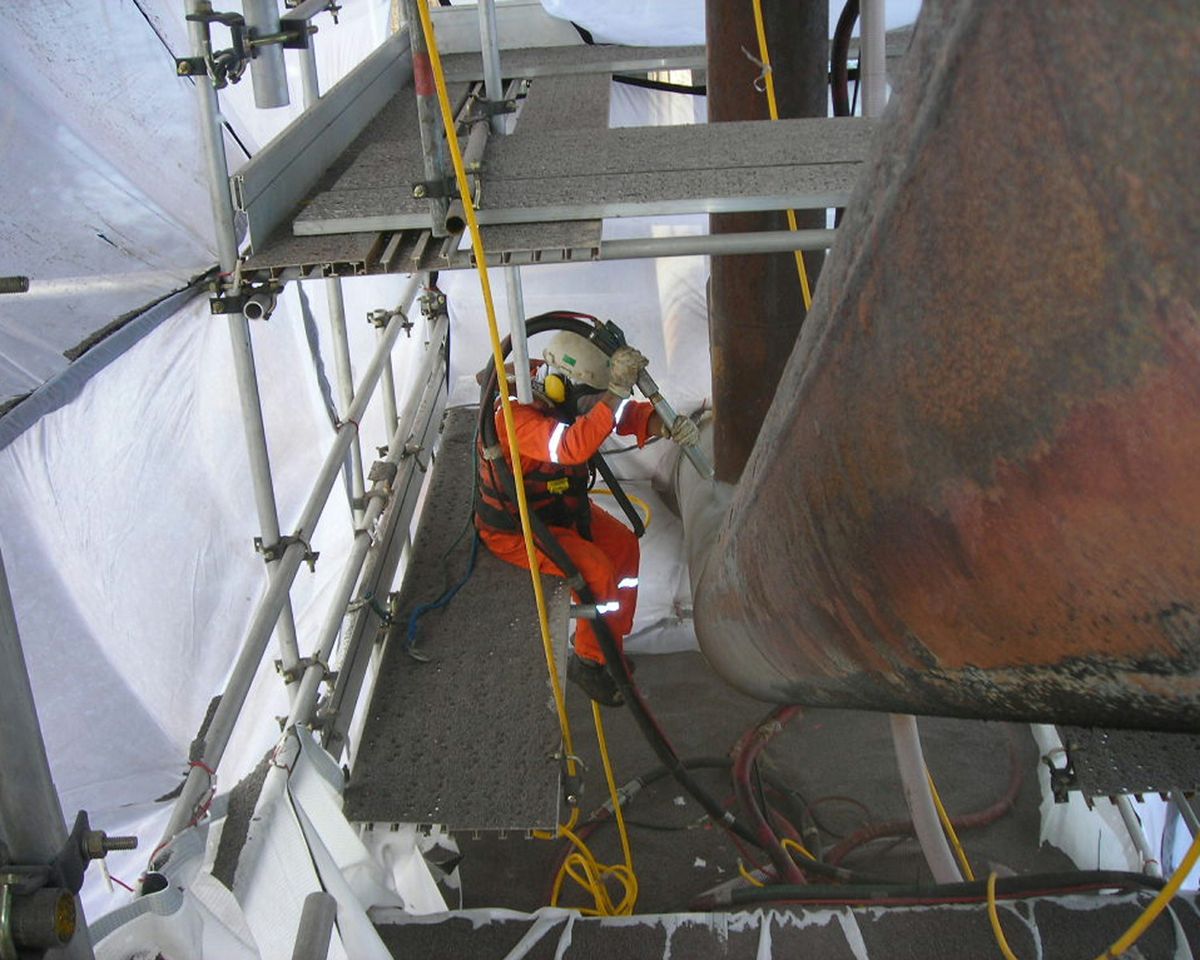
According to the NACE International 75% of coating failures are the result of improper surface preparation. Sponge Blasting allows professionals to achieve optimum surface preparation, increase adhesion and extend coating life.
The dry, low dust, no ricochet characteristics of Sponge Media provides the freedom to specify a perfect white metal blast in all areas where:
- Power tools are required
- Electrical or rotating equipment is present
- Adjacent surfaces can be damaged from ricochet
- Visibility during blasting is desired
Testimonials
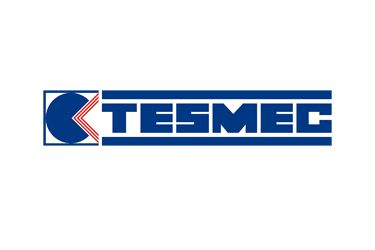
"Sponge Jet enabled us to acquire a blasting permit from the state of TX and locally, in an area we otherwise would have been unable to get one. By being able to blast on site we are able to better control our production and are seeing quicker turn around through the paint shop. The low dust and ability to recycle the media has made this a good solution for us." - Brian Henslee, TESMEC S.p.A
Related Resources

Chloride Removal Paper
PDF white paper compares dry abrasive blasting with pliant abrasive blasting, focusing on chloride r…
Download
Dow Chemical In Process Cleaning
In this PDF magazine article, a Dow Chemical manufacturing facility saved money and downtime by swit…
Download
Paint Removal in Manufacturing Plant
PDF describes case history of Sponge-Jet low dust coatings removal inside robotics plant containing …
Download
Sponge-Based Technology Can Cut Cleaning Downtime
PDF article describes abrasive-blast airborne dust problem encountered at manufacturing facilities.
Download
Recent Blog Posts
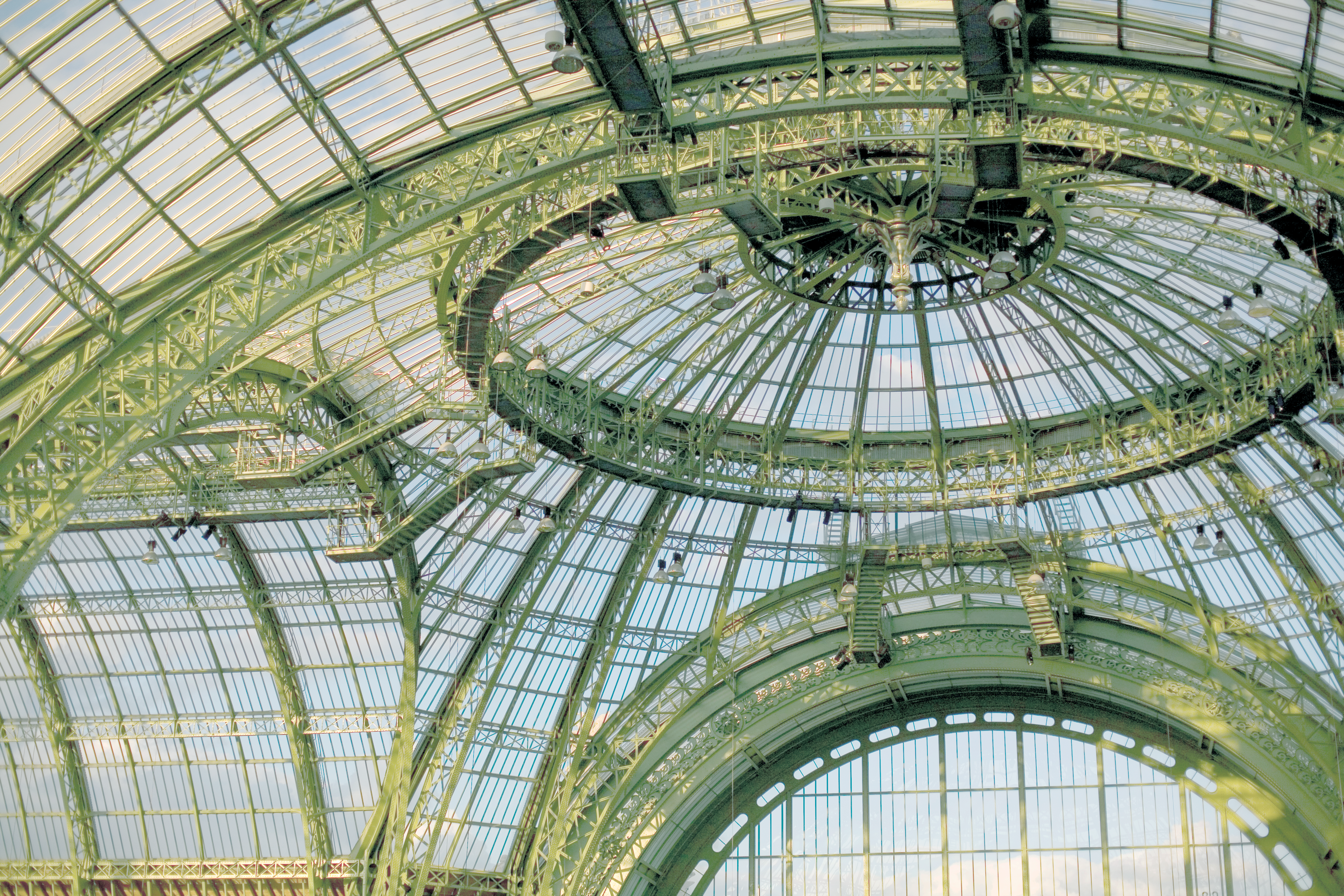
How Sponge-Jet Helped Restore Paris's Grand Palais for the 2024 Olympics
Every four years, billions of people from all around the globe unite to watch the Olympic Games.Hosted in renowned cities worldwide, this year’s Olympic Games will be held in Paris, France. They have only been held in Paris, France twice before - in 1900 and 1924. Now, 100 years later, Paris will once again become the world stage for these iconic games.Read More >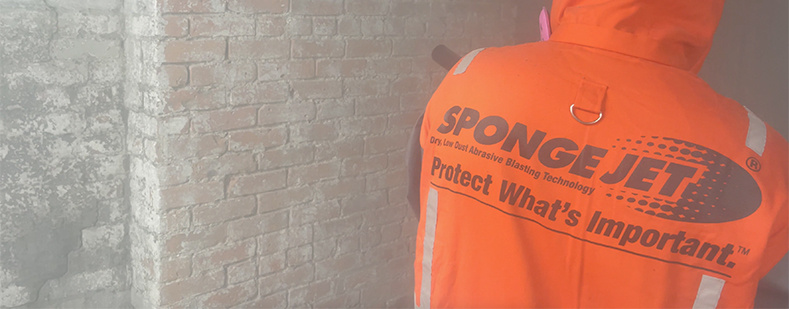
How do Contractors Use Sponge-Jet for Abatement Work?
Jobs that are characterized as "abatement projects" typically involve the removal of hazardous materials from the surface. These types of projects are often found in places like industrial shipyards, factories, tanks, water treatment plants, mill buildings, and generally any building or structure built before 1980.
Read More >
